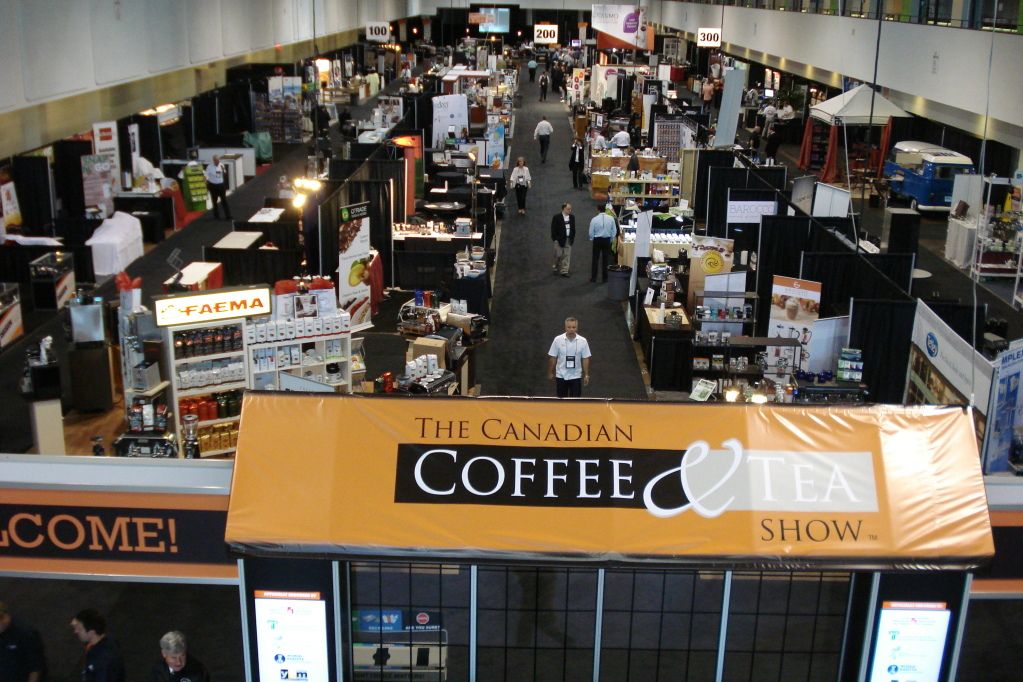Before insulating the Blower we installed improved flexible inlet and outlet connectors to decouple the rotating components from the static parts that could act as "loud speakers". Again the moving parts were balanced to a high standard, better than G2.5, to "nip the noise source in the bud". The new flexible connector is less transmissive and has the added advantage of having a smoother and less restrictive bore.
The deadline of the Canadian Coffee & Tea Show meant that there was no time for picture taking. The fact that we were able to have a "normal" conversation in front of the working blower attests to the effectiveness of the sound containment. After all, to achieve blower pressures it does have to turn at high speeds.
Containing the heat improves the efficiency of the roaster, reduces the temperature of the other components, and keeps the Roastery cooler. The Roastaire components are insulated and mostly double walled, unlike most roasters, which greatly enhances the roasting experience.
This does bring about a philosophical design difference with bare bones roaster manufacturers that are promoting low entry prices. Some show attendees quoted roaster prices that were much lower but the manufacturer omitted to tell the interested parties that an After-burner would be required for roasting in their city and that the After-burner would cost much more than the roaster to buy and to operate. Neither the coffee nor the client should be "burnt".
The Impeller was also redesigned to improve efficiency and reduce noise generation. The Impeller must redirect air that is moving axially to a radial flow as gradually and smoothly as possible. Of course machining a steel Impeller to accomplish this requires many hours in a CNC Mill but if the noise is minimized and the output maximized at the source then the task is easier later on. Aluminum is certainly cheaper to machine but our small pile of stretched, torn, distorted, and exploded off the shelf aluminum Impellers that could not handle our heat requirements attests to the need of using a steel Impeller at elevated temperatures.
After 1500 hrs Aluminum Rotor self destructs at 250°C

Another Aluminum Rotor tears at 250°C

The picture below was taken before the show opened. More picture are located here. During the show there were too many interested people to get a clear shot of the roaster. It was, after all, the only working roaster at the Canadian Coffee & Tea Show in Toronto.






